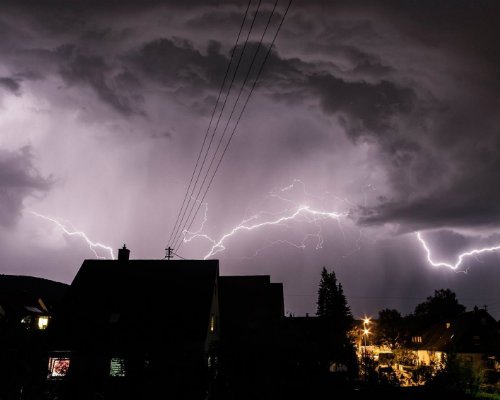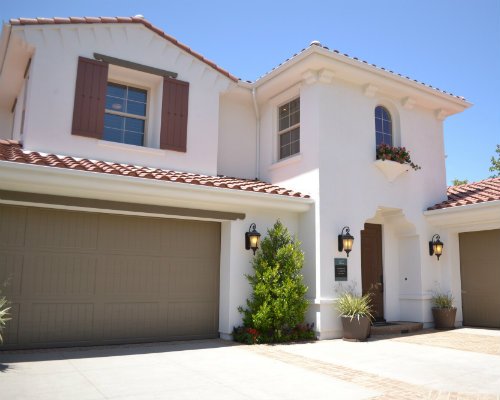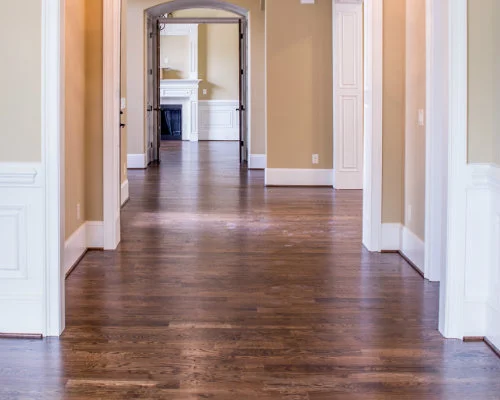‘Tis the season…for entertaining outdoors! Whether you’re looking to have a few friends over late into the night, or to whip up a late sunset BBQ, you’ll surely need good outdoor lighting.
Any great yard space is sure to have a few features for water, or even a fire pit. But most commonly, light features are what you’ll find in a backyard for flawless entertaining. Whether it’s a few security spotlights or a beautiful set of string lights, they all pose a risk if not properly maintained.
If you want to add ambiance to your home, you can definitely invest in some outdoor lighting features. And if you want to make sure your space is safe year round, keep these tips in mind.
Ensure Your Yard Is Free from Danger
1. Choose the right bulb
LEDs are generally the best choice, because they don’t attract bugs like old-school incandescent bulbs.
But they don’t always fit old hardware. If you’re installing LED lights, be sure you are getting the right hardware to support them. Additionally, you should only be using bulbs that are rated for outdoor use.
2. Avoid overloading
Most fixtures will have a notice of their maximum wattage capacity, so be sure to follow this rule. If the fixture comes with a sticker that says “Max wattage: 75W”, don’t go over 75W, as doing so could lead to the wiring overheating.
3. Make some room
Keep all lighting out of reach of flammable materials. Light bulbs can get very hot, so take precaution when organizing your space.
4. Waterproof receptacles
Don’t let your switches or fixtures fall victim to harsh weather. Buying the correct waterproof receptacles can prevent damage and corrosion.
5. Clean wisely
Whenever you get around to cleaning the bulbs, you should first make sure they’re off, and then use the correct cleaners. Cleaners full of chemicals can strip special finishes right off of metal lamps.
6. Use the right extension cord
Just as you should only use bulbs rated for outdoor use, you should only use extension cords rated for outdoor use. Also, keep in mind that these are for temporary lighting, not year round.
7. Install GFCI
That’s short for “Ground Fault Circuit Interrupter”, and this will give you an extra layer of protection when working around electricity.
8. Make a plan
The safest and surest way to avoid any disasters is to make a solid plan before attempting any work with outdoor lighting.
Plan exactly what materials you’ll use, where they’ll be placed, how and when they’ll be tended to, and map out where all the wiring will go.
Something as simple and fun as making your home beautiful shouldn’t put you, your loved ones, or your home in danger. With a little planning, precaution, and regular upkeep, you can have a safe experience with outdoor lighting.
If you’re concerned that your backyard or other areas of your home may be in danger, don’t worry! Let the pros handle it by scheduling an inspection today.
Fill out this form here and we’ll be out in 48 hours or less to give you the peace of mind you deserve!





